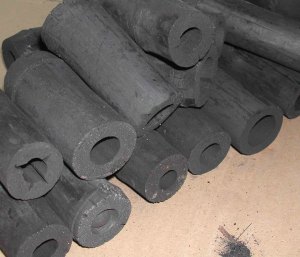Last week, I was asked to be panellist at the closing session of the World Congress on Agroforestry in Delhi. The topic for the panel discussion was agroforestry and the Sustainable Development Goals. Dennis Garitty, former Director-General of ICRAF the World Agroforestry Centre had made the point in his key-note speech that we need new approaches towards agro-forestry and that the time has come to look for innovation and out-of-the-box solutions.
My message was that bamboo and rattan are excellent tools to help reach these goals, and that they should play a key role in future agro-forestry schemes. I made the case that bamboo is found throughout the tropics and sub-tropical belt; that it is arguably the fastest growing plant in the world and that cultivating bamboo is relatively simple compared to other crops. Therefore, bamboo could be one of the innovative solutions that Dennis Garrity was asking for.
I explained that bamboo is directly helping to reduce poverty and provide alternative income for local people, for example by transforming the bamboo into charcoal. This is a sustainable practice, as bamboo grows back after harvesting, it produces good charcoal with a high calorific value and the smoke from bamboo charcoal is cleaner than smoke from a wood fire. What I did not stress is that charcoal can be used in fuel-efficient stoves, using smaller quantities of fuel and reducing the smoke production even more.
I stressed the environmental aspects of bamboo, especially the ability to bind soil, maintain slope stability and therefore the potential to help combat soil erosion and land degradation. I also made the point that a bamboo forest absorbs more Carbon Dioxide than an equivalent forest of fir trees, by showing one of the graphs of the INBAR publication on bamboo and climate change.
Finally, I explained that bamboo also has a major economic role to play. Traditionally, bamboo and rattan were mainly used for mats, baskets and furniture, and this is still a major economic activity for many local communities and individual households or small enterprises. The future for bamboo production is to enable large-scale landscape restoration, create industrial building materials of high quality and high value and maybe provide a source of bio-ethanol and bio-butanol.
I concluded by reiterating that bamboo and rattan are extremely helpful tools for the goal of sustainable development, and urged the agro-foresters in the room to consider bamboo in their future planning.


